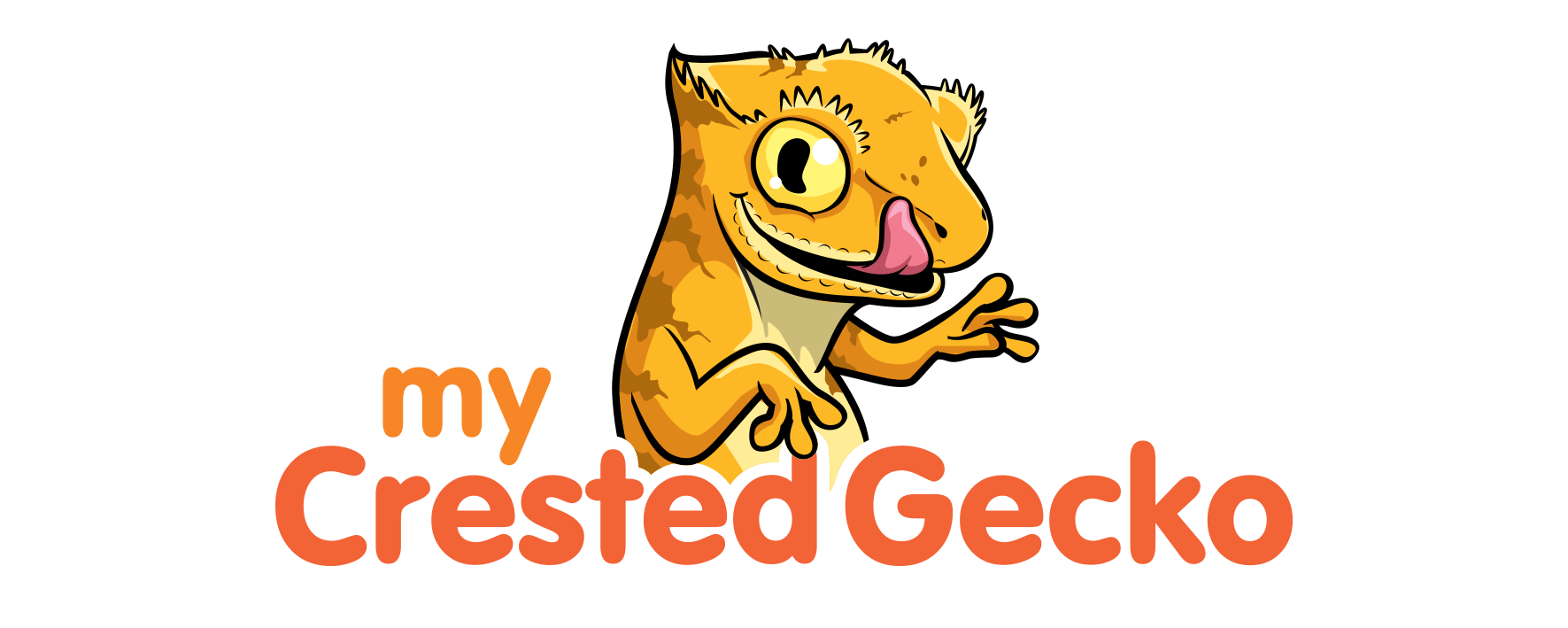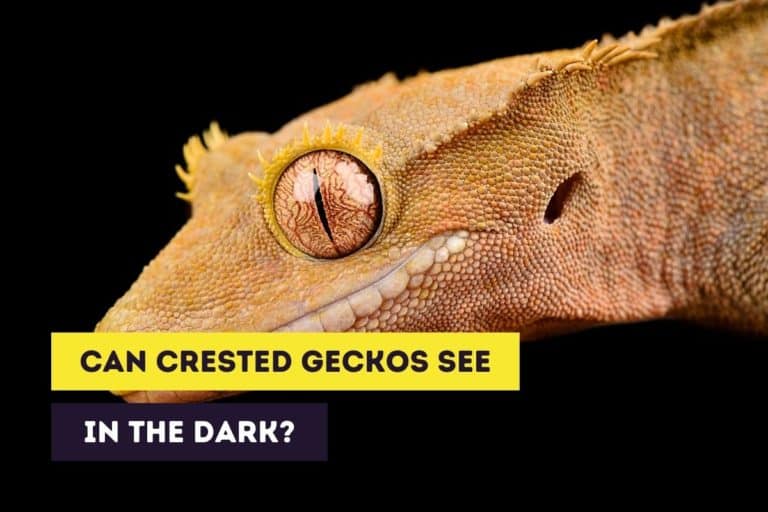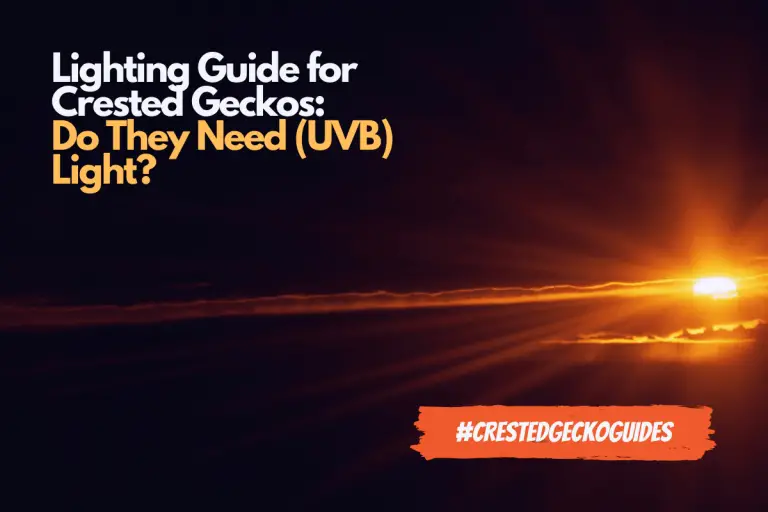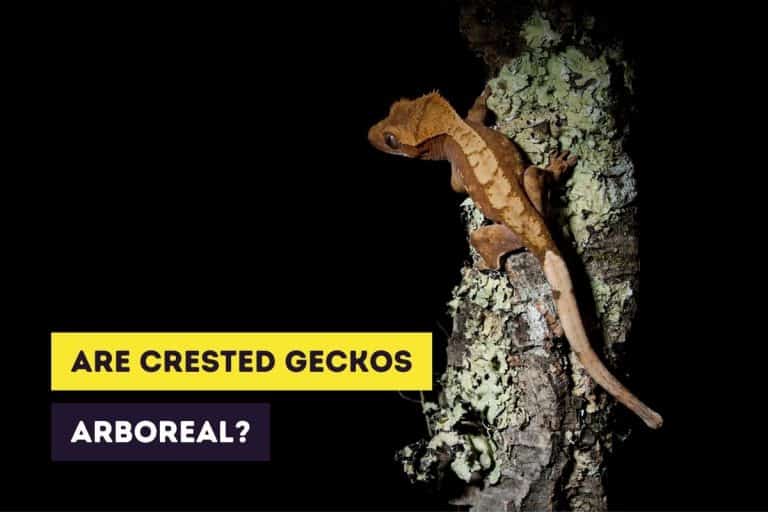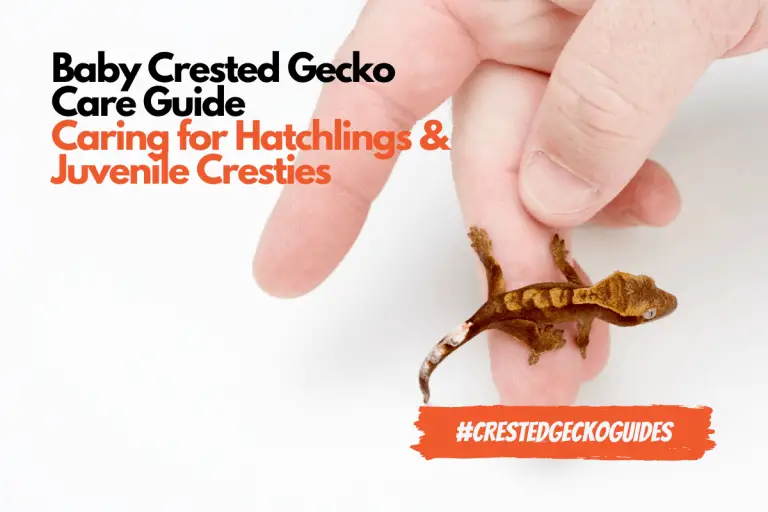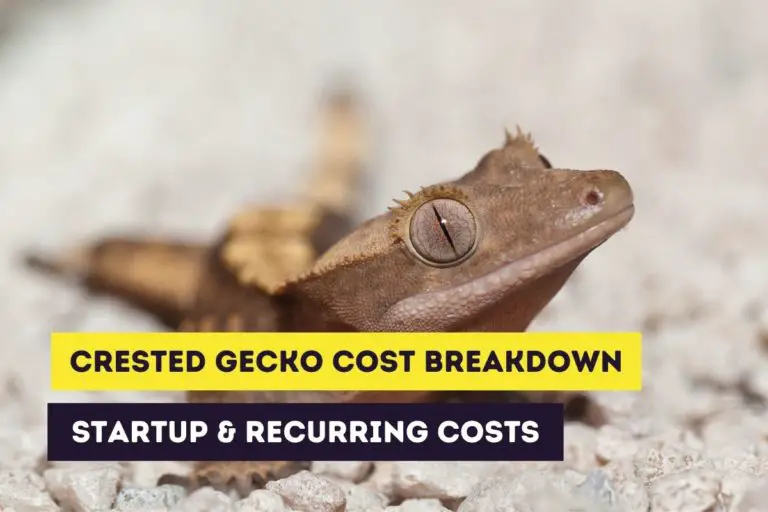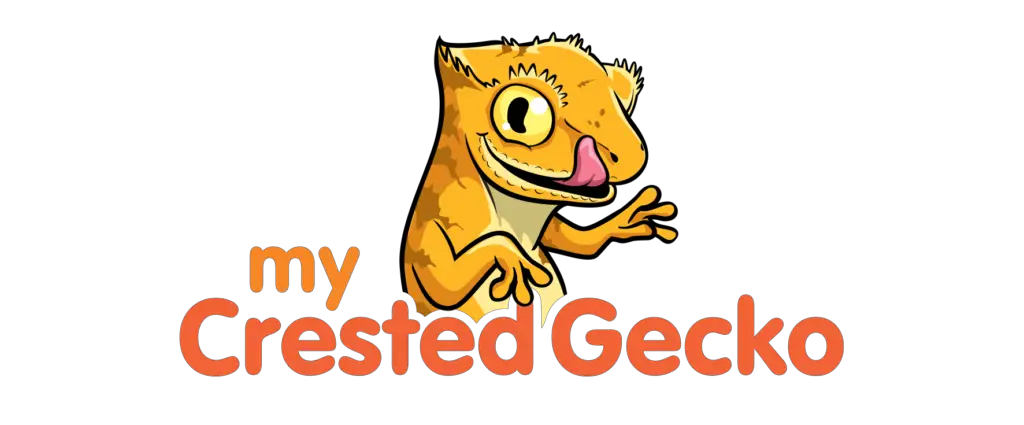Crested Gecko Anatomy | The Crested Gecko from Head to Toe
The crested gecko is an interesting creature with some very interesting and amazing features. To understand these features you have to know a bit about the anatomy of the crested gecko.
Crested geckos have a total body size between 8 and 10 inches, including the tail which typically measures between 4 and 6 inches. The most unique features of crested geckos are the crests that form from the eyes and go down the shoulders.
The crested gecko has several features that make it a unique animal. For example, unlike most geckos, the crested gecko doesn’t regrow its tail when the gecko loses it. A crested gecko also lacks eyelids which makes it more difficult to know when it’s sleeping.
In this article, you’ll learn about the anatomy of the crested gecko from the head to the tail. You’ll discover some fun facts about crested geckos and their little body.
If you’re interested in stickers or other products of crested geckos, you can always visit our Etsy Shop, which is called Artful Animalia. We currently only send stickers in the United States. If you’re interested in certain crested gecko-related products, don’t hesitate to contact us.
This site contains affiliate links to products we recommend and use ourselves. We may receive a commission for purchases that you make through these links. If you’re interested in learning more about our affiliate links, please visit our (affiliate) disclaimer.
Anatomy of the Crested Gecko Head
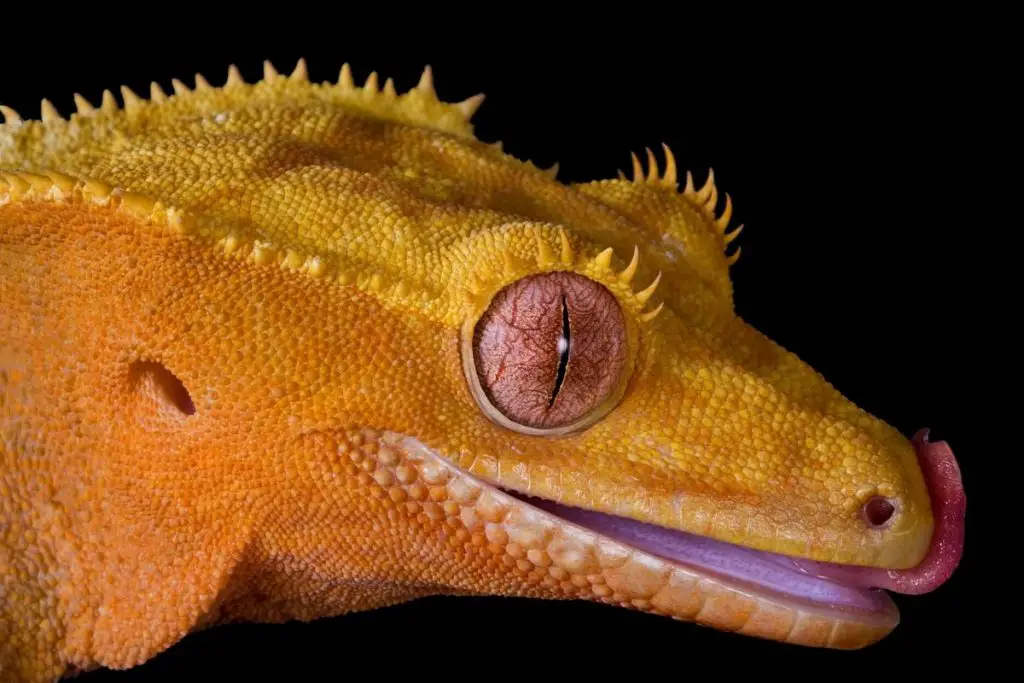
Crests
The “crests” of the crested gecko are actually scales that just look a bit like spikes. The crests form two rows that originate from the eyes (and look like eyelashes) and go further down over the shoulders to the rest of the body. When your crested gecko is sleeping the crests will lay down.
Teeth
Crested geckos have very tiny teeth but a large number of teeth, some 177. The teeth are continually replaced so gaps might be seen. They will rarely try to take a nib at you but even if they would bite, you probably won’t feel a lot more than a little pinch. It’s very rare for them to break the skin when biting.
Eyes
Crested geckos are crepuscular pets and have adapted to living in dark environments. This means that the eyes of the crested gecko are adapted to see very well in the dark.
Crested geckos have very large eyes that are positioned on each side of the head. They have irises and pupils just as other animals do. The pupil is a vertical slit and the irises are orange or rust-colored. They even look a bit like a marble in a sense. The pupil is able to regulate the amount of light that enters the eye of your crested gecko.
Crested geckos don’t have eyelids but have a transparent membrane instead that protects the eye. So, you won’t see your crested gecko sleeping with its eyes closed. Since they don’t have eyelids you’ll also see your crested gecko licking its eyes a lot. This is to moisten the eyes and remove any dirt.
Ears
A crested gecko doesn’t have external ears but does hear very well. Rather than having external ears like most mammals, the crested gecko’s ears are large openings on the sides of the head. The ears are covered with a clear membrane to protect them.
Nose
The crested gecko has a good sense of smell that’s used to find food in the dark environment at night. The nose of the crested gecko has two tiny nose holes.
Anatomy of the Crested Gecko Body
Skin
The skin of the crested gecko has fine and smooth scales but is very durable. The skin needs to be durable since crested geckos stay close to and rub again tree bark with their skin.
Crested geckos can change color depending on different factors like temperature, lighting, and humidity in their environment. This is called “firing up”. So, the color of the skin and the pattern may become darker (fired up) or lighter (fired down).
Like other reptiles, crested geckos will shed their skin regularly. Before they shed their skin, the skin will become grayish and dull. When the shredded skin comes off your crested gecko will pull it off with its mouth and eat it up.
Feet and toes
A crested gecko has small flat feet with five toes each. The toes have adhesive pads on them to adhere to most known surfaces without a lot of trouble. The adhesive pads cause your crested gecko to walk upside down on the top of the terrarium with ease.
The adhesive pads on the toes (and tail end) are actually different lamellae and each lamella consists of millions of tiny hairs (cilia). The toes are connected with each other through the webbing and also have a small claw attached to them.
When a crested gecko doesn’t want the pads to adhere to a surface it can curl the toes upwards so the pads don’t come in contact with the surface.
Anatomy of the Crested Gecko Tail
The tail of the crested gecko is long and slender. It makes up almost half of the entire body length of the crested gecko, measuring between 4 and 6 inches (10 and 15 centimeters).
The tail doesn’t have a pointed but rather a rounded tip. At the end of the tail, there is an adhesive pad, just like the pad on the toes, which makes it possible to adhere to surfaces like plants and branches.
A crested gecko tail is prehensile just like the tails of certain monkeys. A prehensile tail means that the crested gecko can use it to manipulate objects with it and grab objects with it. For the crested gecko, the prehensile tail is used to hang on branches. The slender tail is also used to balance while jumping from branch to branch.
Although the crested gecko has certain benefits from the slender prehensile tail, most crested geckos in the wild don’t have a tail. A crested gecko can shed its tail in a process called autotomy when it’s in danger or experiences stress (for example during breeding). The tail won’t regenerate contrary to the tail of other gecko species. Tail loss is less common in captive crested geckos but can still happen. Those tail-less crested geckos are also called “frogbutts”.
Related Questions
Why do crested geckos have crests?
There’s still a lot unknown on the functions of the crests of crested geckos. The crests could have a specific use while the crested gecko is sleeping, during the mating, or while digging in the ground.
Do crested geckos like being held?
Crested geckos aren’t affectionate pets and don’t like being held too often or for prolonged periods. To avoid stress, it’s best to limit handling to a maximum of 30 minutes each day. For new or young crested geckos you should limit handling to one or two times a week with a maximum of 10 minutes.
Why is my crested gecko staring at me?
In the wild, crested geckos have to be very alert to their surroundings. Any sound or movement can indicate a predator lurking on the crested gecko. Crested geckos will direct themselves to the sound of movement and look to see if there’s any danger.
Want to Learn More?
If you want to learn more about crested geckos as pets, please read the following articles.
If you’re interested in getting crested geckos as pets you should also definitely read our article about baby and juvenile crested gecko care or (adult) crested gecko care.
